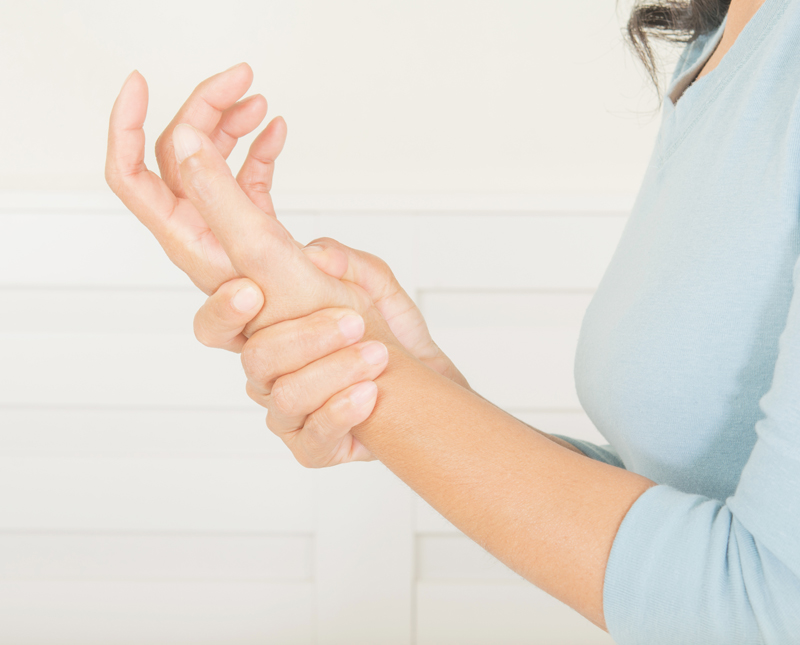EULAR Recommends Against Treating Hand OA With Conventional, Biologic DMARDs
EULAR has for the first time updated its 2007 recommendations for the management of hand osteoarthritis, including a new warning against treatment with conventional or biological disease-modifying antirheumatic drugs. The update was published in the Annals of the Rheumatic Diseases.
“For a long time, hand OA was a ‘forgotten disease’, resulting in a paucity of clinical trials to guide recommendations, and therefore many of the propositions of previous recommendations were based mainly on expert opinion,” Margreet Kloppenburg, MD, PhD, of the Leiden University Medical Center in the Netherlands, and colleagues wrote. “However, in recent years, hand OA has attracted more attention, and new data have become available on several pharmacological and non-pharmacological treatments, including but not limited to: self-management, application of thumb base orthoses, topical [NSAIDs] oral corticosteroids, various intra-articular therapies and treatment with conventional synthetic and biological [DMARDs] for example, hydroxychloroquine and [TNF] inhibitors.”
To update the recommendations, EULAR formed a task force of 19 experts from 10 European countries. The task force members included Kloppenburg as the convener, a methodologist, a fellow, 10 rheumatologists, one plastic surgeon, three health care professionals in the field of physiotherapy and occupational therapy and two patient research partners.

Members of the task force conducted a systematic literature review of evidence regarding all non-pharmacological, pharmacological and surgical treatment therapies for hand OA published to date. In addition, prior to meeting, the experts completed an online survey regarding topics that should be covered in the update. Based on the literature review and the survey responses, members of the task force developed a series of overarching principles and recommendations.
Kloppenburg and colleagues established a total of five overarching principles and 10 recommendations. All five overarching principles and two of the 10 recommendations are new to the 2018 update. The first new recommendation warns rheumatologists against treating hand OA with conventional or biologic DMARDs. Instead, in a reiteration of the 2007 recommendations, the task force encouraged the use of topical therapies over systemic treatments due to safety reasons. In addition, they suggest that physicians use topical NSAIDs as the first pharmacological topical treatment of choice. The other new recommendation encourages physicians to tailor long-term follow-up to the individual patient’s needs. Lastly, the task force deleted an item from the 2007 recommendations concerning the use of heat and ultrasound.
The task force’s five overarching principles for the management of hand OA are:
- The primary goal of treatment is to control symptoms and optimize hand function, as well as to increase activity and quality of life;
- Providers should provide all patients with information regarding the nature and course of hand OA, as well as education on self-management and treatment options;
- Treatment should be adapted to each individual patient, considering severity, localization and comorbidities;
- Treatment should be based on shared decision-making between the provider and the patient; and
- Optimal management requires a multidisciplinary approach, and as such, pharmacological, nonpharmacological and surgical options should be considered.
“Although a relatively long period passed between the first set of recommendations and the current update, it is expected that the next update of the recommendations may be needed sooner, as the field of hand OA is growing,” Kloppenburg and colleagues wrote. “Advances in research of OA pathophysiology, as well as outcome measurement, increase the likelihood of finding new therapeutic options. The next update should be undertaken when sufficient new data are available, either on the current treatment options, or on new therapies.” – by Jason Laday
Disclosure: Kloppenburg reports funding from EULAR. Please see the study for all other authors’ relevant financial disclosures.

